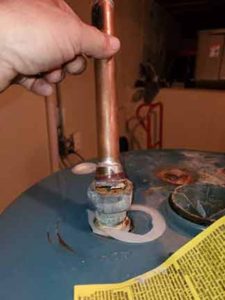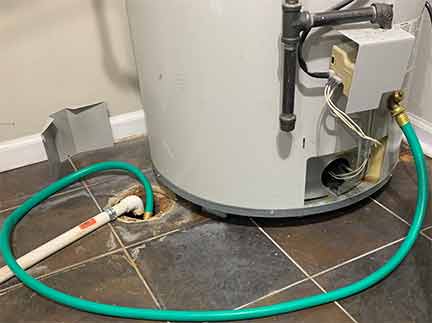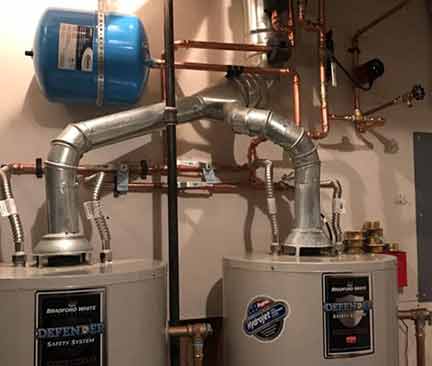The water heater is one of the most used plumbing fixtures in the home. Where there are clothes to be washed, dishes to be done and showers to be taken, the water heater is there to provide a fresh supply of warm or hot water.
But like most features of the home that are used daily, we often take the water heater for granted. In spite of how vital they are to the day-to-day functioning of the home, water heaters are mostly ignored until they malfunction.
When a water heater fails to work as it should, the effects are not only damaging to your comfort, but they can also hurt you financially or physically endanger your family. But the thing is water heaters are actually not that hard to maintain.
If you know the steps to keep the device in good shape and take them at the right time, your water heater will reward you with faithful service throughout its lifespan. Conversely, if you neglect your water heater, it will fail before the end of its life expectancy.
Most water heaters have a lifespan of 8-12 years, but a well-maintained unit can serve you for up to 15 years. During that time, NFI Property Management Solutions explains, the water heater will save you money in the short term (in the form of lower maintenance costs), as well as the long term (deferred replacement costs).
What should you do if you want your water heater to last longer than it is expected to?
How to maximize the life of your water heater
Firstly, you must familiarize yourself with the key parts of the water heater and the maintenance schedule for this plumbing fixture. The major features of a water heater that you need to know are:
- Temperature/pressure-relief valve – helps release excess water pressure inside the tank.
- Overflow pipe – safely drains excess heat/steam from the water heater.
- Hot water outlet – where hot water exits the tank.
- Cold water valve – for shutting off the water supply into the tank.
- Anode rod – minimizes the risk of tank failure by preventing corrosion.
- Dip tube – maintains uniform water temperature by circulating the water.
- Drain valve – for releasing water from inside the tank.
The following steps will help you maximize the life of your water heater.
Follow a consistent maintenance routine
The most important step for getting your water heater to last beyond its projected lifespan is to maintain it with consistency. Here is an example of an annual water heater maintenance schedule:
- Flush the water tank – every six months
- Clean the entire water heater – yearly
- Test the temperature relief valve – yearly
- Replace anode rod – 2-5 years
- Check the burner every year; for units that use gas – once a year
Check the TPR Valve
The temperature and pressure relief (TPR) valve prevent excessive heat or pressure buildup inside the tank. To check the TPR valve; turn off the heat source, open and close the valve a few times, while keeping an eye on the drainpipe. If water is released from the drainpipe when the valve is open, your TPR valve is okay.
Flush the water heater
This step will get rid of sediments inside the water heater tank. Sediments come from the mineral content of your water supply, as well as particles in the water. Flushing the tank requires a series of steps: turn off the heat supply, connect a garden hose to the drain valve, turn off the cold-water supply and open the drain valve.
Install a water softener
If your home is in an area where the water is hard – has high mineral content – you may want to install a water softener for the house. This will reduce the level of sedimentation inside the water heater tank, thereby improving efficiency and prolonging its life. The water softener may be installed for the entire home or for the water heater alone.
Check the anode rod
Also known as “sacrificial anode,” it protects the lining of the water heater by drawing corrosive minerals away from the unit’s components to itself. Instead of the tank’s lining being corroded, the anode rod is eaten up. Without the anode rod, the water heater tank would rust and start to leak very quickly. Anode rods should be replaced every 3-5 years.
Install an expansion tank
As you may know, water expands when it is heated. The frequent changes in pressure that come with this expansion, as well as severe temperature fluctuations inside the tank can put the water heater under enormous stress. An expansion tank provides an outlet where the water can go when it expands. This helps to reduce wear and tear on your water heater.
Create space around the unit
Your water heater needs a lot of room around it. There should be adequate space for air to move freely around the unit. This is vital for keeping the water heater’s temperature under control and preventing fires. Creating space around the unit also makes it easier to spot problems like leaking pipes around your water heater.


